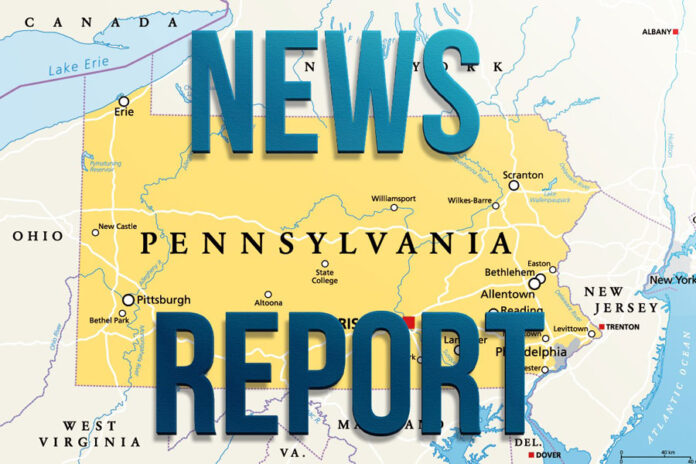Dual credit programs open doors to opportunity for high school students by helping them earn college credit while still in high school.
Harrisburg, PA – The Pennsylvania Department of Education today announced that the application window is open for $14 million in grant funding for dual credit programs. Grants will help public institutions of higher education to expand access to dual credit programs and improve delivery of college credit coursework at high schools serving significant populations of underserved students. Dual credit programs give students a head start on a higher education by allowing high school students to take college courses and earn both college and high school credit at the same time. Dual credit programs cut costs for students while giving them more freedom to chart their own course.
“Dual credit programs help high school students get a jumpstart on their postsecondary education—saving them time and money, exposing them to the expectations and realities of higher education, and preparing them for their chosen careers,” said Interim Acting Secretary of Education Angela Fitterer. “This grant program will open up these critical educational opportunities to more students across the Commonwealth, especially those that are traditionally underserved, ultimately benefiting all of Pennsylvania’s schools and communities, as well as our workforce and economy.”
Established by a state law enacted in 2024, the Dual Credit Innovation Grant Program provides funding for public colleges and universities to increase capacity to provide dual credit courses to students statewide. Dual credit courses have been found to increase college readiness, college attendance, and college attainment, especially among traditionally underserved students—yet these students are underrepresented in dual credit courses.
More than 55,000 high school students enrolled in at least one dual credit course during the 2023-24 school year. From 394 school districts, 47 charter schools and 19 career and technical centers, the students enrolled in more than 8,000 dual credit courses altogether.
The program is open to Pennsylvania community colleges, universities in the Pennsylvania State System of Higher Education (PASSHE), Thaddeus Stevens College of Technology, Northern Pennsylvania Regional College and Pennsylvania College of Technology. Those eligible institutions can apply for up to $1 million in grant funding. Applications will be accepted until 2:00 PM on Monday, February 10, 2025. All application materials must be submitted through the Department’s eGrants system.
Priority will be given to public institutions of higher education that create or expand current offerings, including individual student scholarships, with a particular emphasis on providing courses aligned with high-priority occupations and/or serving students experiencing education instability, students enrolled in career and technical education programs, low-income students, historically underserved student groups, those who face financial, academic, or systemic barriers, and students in rural areas. Priority also will be given to institutions that propose to use funding to cover the entirety of course-related expenses so there is no cost to the student or high school.
Grant funding may be used to:
- Operate dual credit courses that are tuition free to high school students;
- Provide student academic supports to aid students enrolled in dual credit courses to be successful in the courses and to successfully transition to postsecondary education upon graduation from high school;
- Increase the use of no-cost or low-cost textbooks or course materials used in dual credit courses;
- Provide professional development activities for high school teachers to enable them to teach dual credit courses; and
- Support public institutions of higher education in seeking external accreditation for their dual credit courses, such as through the National Alliance of Concurrent Enrollment Partnerships (NACEP).
Funding may only be used to offer college coursework to high school students enrolled in eligible school districts, area career and technical schools, charter schools, cyber charter schools or regional charter schools.







